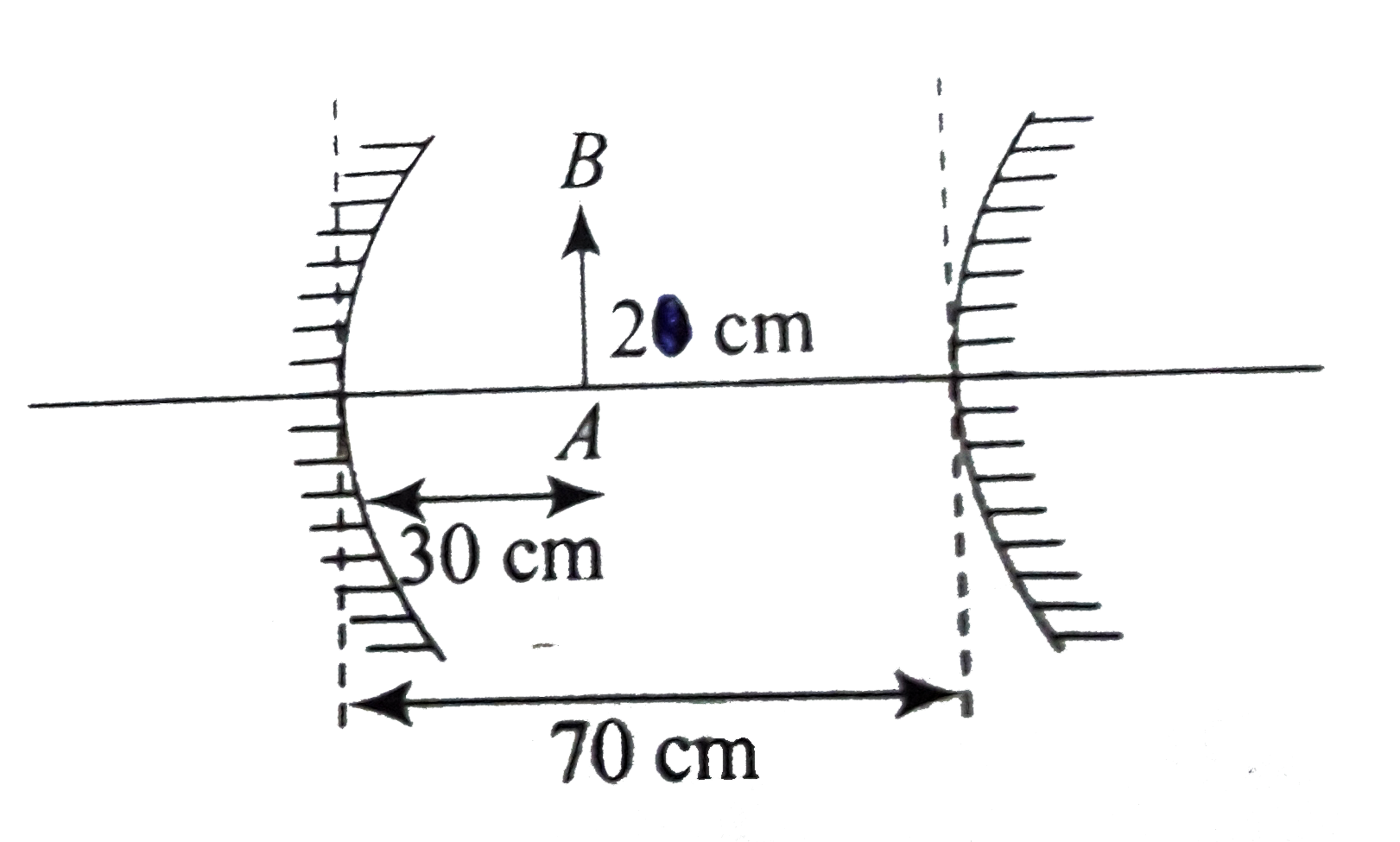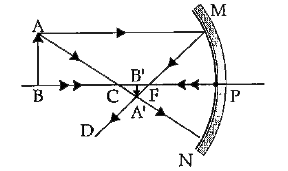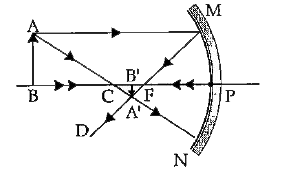Concave Mirror
Step-by-Step Solution for Understanding Concave Mirrors
1. Definition of Concave Mirror:
A concave mirror is a spherical mirror that has its reflective surface on the inside. This means that the inner surface of the mirror is polished to reflect light, while the outer surface is not used for reflection.
Hint: Remember that the reflective surface of a concave mirror is the one that curves inward, resembling a cave.
2. Shape and Structure:
The shape of a concave mirror is a segment of a sphere. If you imagine slicing a sphere in half, the resulting surface can be either concave or convex. In the case of a concave mirror, the inner surface is the one that reflects light.
Hint: Visualize a bowl or a cave; the inside is where the reflection occurs.
3. Utility and Characteristics:
Concave mirrors are used in various applications due to their ability to converge light rays. They can produce real images when the object is placed outside the focal point and virtual images when the object is placed between the focal point and the mirror.
Hint: Think about how concave mirrors are used in makeup mirrors or shaving mirrors, where they create enlarged virtual images.
4. Comparative Analysis:
Unlike concave mirrors, convex mirrors have their reflective surface on the outer side. This means that convex mirrors diverge light rays, which makes them useful for wide-angle views, such as in vehicle side mirrors.
Hint: Convex mirrors bulge outward, which is the opposite of concave mirrors.
5. Applications:
Concave mirrors are commonly used in telescopes, flashlights, and dental mirrors because they can focus light to a point, making them useful for magnification and focusing applications.
Hint: Consider where you might need to focus light or magnify an image; these are often applications for concave mirrors.
Summary
In summary, a concave mirror is a spherical mirror with its reflective surface on the inside, allowing it to converge light rays and create real or virtual images depending on the object's position relative to the focal point. It is distinct from a convex mirror, which diverges light and is used for different applications.
A concave mirror is a spherical mirror that has its reflective surface on the inside. This means that the inner surface of the mirror is polished to reflect light, while the outer surface is not used for reflection.
The shape of a concave mirror is a segment of a sphere. If you imagine slicing a sphere in half, the resulting surface can be either concave or convex. In the case of a concave mirror, the inner surface is the one that reflects light.
Concave mirrors are used in various applications due to their ability to converge light rays. They can produce real images when the object is placed outside the focal point and virtual images when the object is placed between the focal point and the mirror.
Unlike concave mirrors, convex mirrors have their reflective surface on the outer side. This means that convex mirrors diverge light rays, which makes them useful for wide-angle views, such as in vehicle side mirrors.
Concave mirrors are commonly used in telescopes, flashlights, and dental mirrors because they can focus light to a point, making them useful for magnification and focusing applications.
In summary, a concave mirror is a spherical mirror with its reflective surface on the inside, allowing it to converge light rays and create real or virtual images depending on the object's position relative to the focal point. It is distinct from a convex mirror, which diverges light and is used for different applications.
Similar Questions
A concave mirror and a convex mirror of focal lengths 10cm and 15cm are places at a distance of 70cm. An object AB of height 2cm is places at a distance of 30cm from the concave mirror. First ray is incident on the concave mirror then on the convex mirror. Find size, position, and nature of the image.

View SolutionAn object is placed midway between a concave mirror of focal length f and a convex mirror of focal length f. The distance between the two mirrors is 6f. Trace the ray that is first incident on the concave mirror and then the convex mirror.
View Solution
Knowledge Check
Following figure illustrates the ray diagram for the formation of image by a concave mirror. The position of the object is beyond the centre of curvature of the concave mirror. On the basis of given diagram .

An image formed by concave mirror is virtual, when the object is placed:Aat infinityBat CCBetween C and FDBetween P and FFollowing figure illustrates the ray diagram for the formation of image by a concave mirror. The position of the object is beyond the centre of curvature of the concave mirror. On the basis of given diagram .

If the focal length of the concave mirror is 10 cm, the image formed will be at a distance ____ABetween 10cm and 15cmBBetween 10cm and 20cmCBeyond 20cmDAt 20cmFollowing figure illustrates the ray diagram for the formation of image by a concave mirror. The position of the object is beyond the centre of curvature of the concave mirror. On the basis of given diagram .

In case of concave mirror, the image distance is ____ when image is formed in front of the mirror and ____when the image is formed behind the mirror.Apositive, negativeBnegative, negativeCnegative, positiveDpositive, positive
